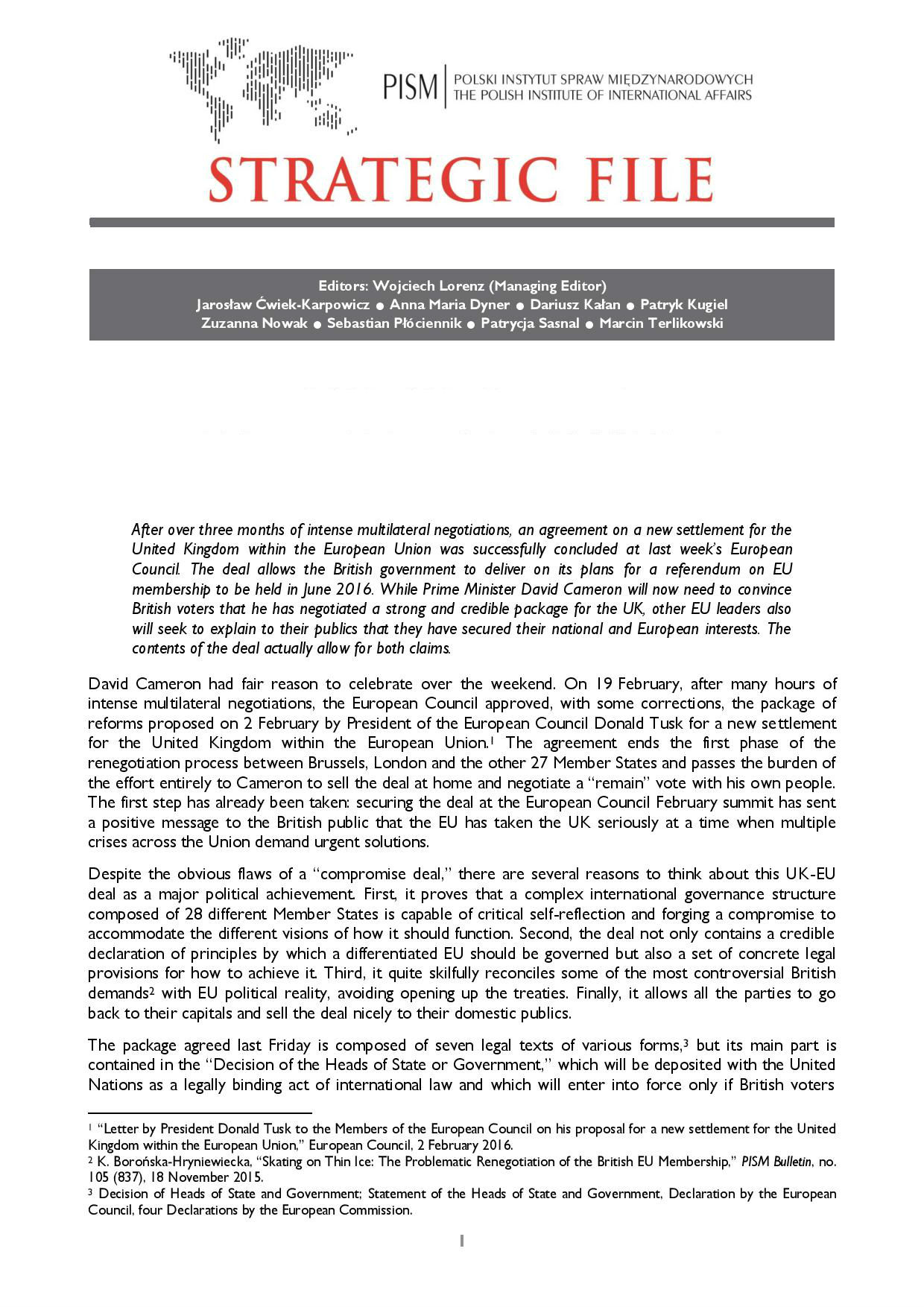Consequences of the U.S. Withdrawal from the Trans-Pacific Partnership
Consequences of the U.S. Withdrawal from the Trans-Pacific Partnership
Author(s): Marek Jan Wasiński, Damian WnukowskiSubject(s): National Economy, Supranational / Global Economy, Economic policy, International relations/trade
Published by: PISM Polski Instytut Spraw Międzynarodowych
Keywords: TPP; U.S.; Trans-Pacific Partnership
Summary/Abstract: Donald Trump, at the beginning of his presidency, decided to withdraw the United States from the Trans-Pacific Partnership, a 12-nation free trade agreement signed in 2016. By this act, the U.S. has lost a very important economic and geopolitical tool in the Asia- Pacific region. Although there are chances that the remaining 11 countries will ratify the agreement without the U.S., it is much less significant and most probably will not be a template for future trade agreements as planned. As a result, the leadership of regional integration may fall to China, which perceived TPP as part of a U.S. containment strategy. At the same time, the EU can benefit from the disarray by pursuing its own trade agenda in the Asia-Pacific region.
Journal: PISM Strategic Files
- Issue Year: 2017
- Issue No: 87
- Page Range: 1-6
- Page Count: 6
- Language: English

